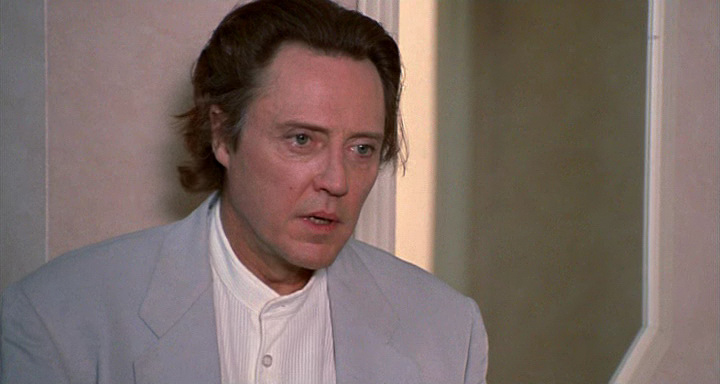
Independent film in America got its start way back in the 1950s. But it wasn’t until the 90s that it became a vehicle for filmmakers and actors to catapult themselves into the mainstream. This was in part due to the help of the Sundance Film Festival. The Utah-based festival quickly became the mecca for independent cinema in America and enabled their selections to get a wider audience. During the decade, filmmakers like Quentin Tarantino, Steven Soderbergh, Robert Rodriguez, the Coen brothers, and many more turned themselves into household names.
Indie hits like Raising Arizona, Sex, Lies, and Videotape, Reservoir Dogs, Clerks, and Dazed and Confused became instant classics and convinced the industry to fund more projects of this ilk. But not every indie film of the period has survived the test of time. In fact, not even every great film of the period has. Many 90s indie films were quickly forgotten or never got the acclaim they deserved. Let me tell you about ten of them.
1. Sink or Swim (1990, Su Friedrich)
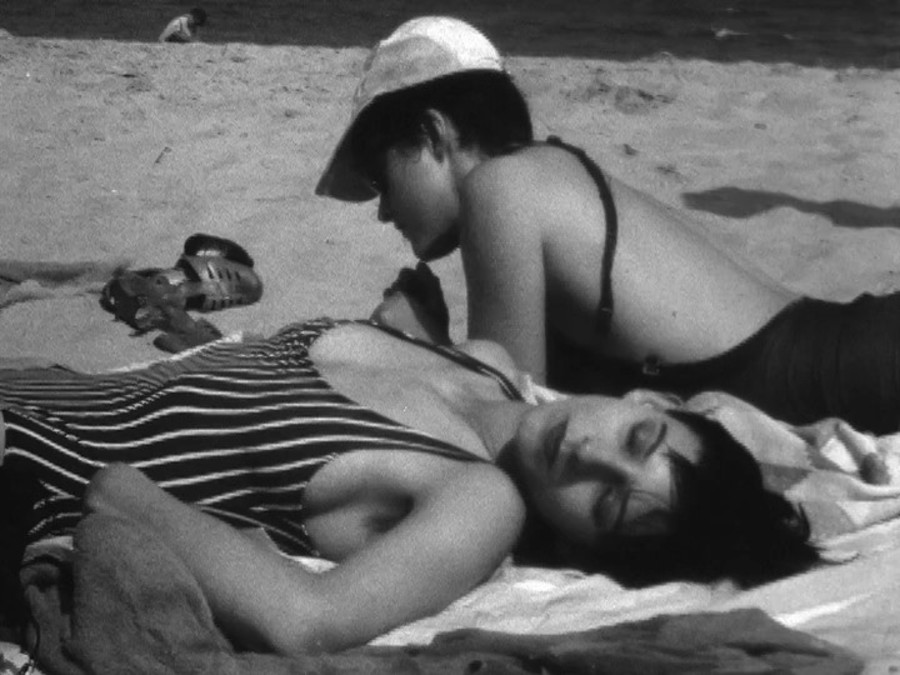
We’ll start at the very beginning of the decade. Su Friedrich was never going to be a Hollywood filmmaker, and she was never interested in being one. The Connecticut-born artist made her first short when she was 24 years old, and as she worked on her craft, began to receive more and more buzz and recognition in art circles for her work. The way she combined aspects of narrative, documentary, and experimental cinema to deal with such verboten subject matter as homosexuality and gender roles in America was eye-catching. She soon became a celebrated artist.
In 35 years, Friedrich made eighteen films. Most of which were made with an almost nonexistent budget. Sink or Swim, her 1990 48-minute long film, is probably her greatest work. The film is divided into twenty-six chapters. Each one tells a short story through narration, paired with asynchronous footage that vaguely relates to the narration. As the film progresses, one slowly starts to see a story emerging. Through seemingly unrelated scenes, Friedrich brings to life the relationship between a girl and her father. Of course, this is the story of Friedrich and her own father.
If there’s anything that the 90s independent film movement proved is that you can make a film about anything, especially about yourself. Much of Friedrich’s cinema delves into her own past and psyche, and it’s what in turn makes it so emotive. Combine that with extremely original editing that plays with the free association of images and a powerful script, and you get an avant-garde masterpiece.
The formal complexity of Friedrich’s film has cemented its place in the canon of experimental cinema and made it part of many film schools’ curriculums. In 2015 it was selected for preservation in the United States National Film Registry by the Library of Congress for being “culturally, historically, or aesthetically significant”. Although most film lovers aren’t aware of her existence, it’s great to see an innovative and virtuoso filmmaker like Friedrich get recognized for her talent.
2. Poison (1991, Todd Haynes)
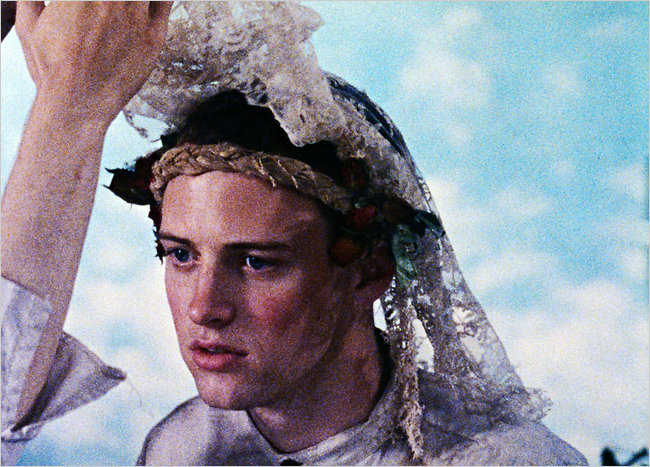
Haynes already had a reputation before his first feature, Poison, premiered at the Sundance Film Festival. In 1987, while still a student at Bard College, he made a short based on the life of the deceased pop singer Karen Carpenter, using Barbie dolls as actors. The film explicitly portrays Carpenter’s eating disorders and her toxic relationship with her family. Haynes used music from the Carpenter’s discography, which prompted a lawsuit from Karen’s brother Richard, who was also part of the band.
To this day, the film can’t be viewed by the public, although bootleg copies are constantly popping up on the internet. So Haynes was already dipping his toes into film fame when Poison was slated to play in Sundance, After it did, he was fully plunged into it. Poison won the festival’s Grand Jury Prize and turned its filmmaker into a cinematic maverick.
The film is made up of three intercut stories, each of a different genre. One is about a boy who shoots his abusive father and disappears. It’s presented as a documentary tabloid TV episode. The second one introduces us to a cooky scientist who isolates the “elixir of human sexuality” and after drinking it he transforms into a monster. It’s presented like a 60s exploitation horror film. Finally, the third one tells the story of two homosexual prison inmates, a part adaptation of Jean Genet’s Miracle of the Rose. It was Haynes’ first collaboration with producer Christine Vachon, who would go on to produce all of his films.
The film was in part controversial for containing a gay sex scene and multiple references to homosexuality and AIDS. Since Haynes made it partly with the money from a government grant, a lot of conservatives were not pleased. When it played in Sundance, America was in the midst of the HIV/AIDS epidemic. According to Seth Abramovich from The Hollywood Reporter. “Along with Paris Is Burning, which took top documentary honors at Sundance that year, Poison is credited with kick-starting the New Queer Cinema movement.”
During the 90s, Haynes and other LGBT filmmakers like Gregg Araki, Gus Van Sant, and Tom Kalin made films that often unapologetically portrayed gay sex and portrayed heterosexual culture negatively. It’s easy for Poison’s story and controversy to overshadow the film itself, which is undoubtedly underrated when it comes to Haynes’ filmography and the overall indie movement. Haynes’ use of symbolism, technical skill, and complete directorial command make Poison a must-see. From this film alone one can see the immense potential Haynes has gone on to fulfill as a filmmaker.
3. A Little Stiff (1991, Caveh Zahedi)
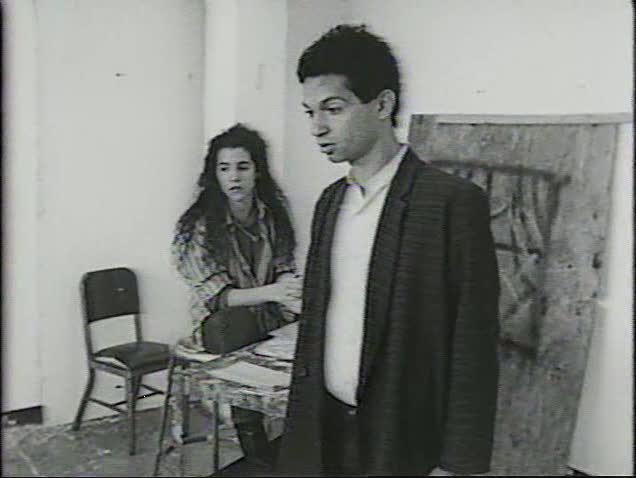
Zahedi’s film also played at 1991’s Sundance Film Festival, but with a completely different reception from Poison’s. Zahedi recalls seeing multiple people walk out halfway through. “They were bored!” he said in a recent interview. But for a film made by students with a minimal budget, the fact that it even got into festivals is a laudable feat. “I never expected it to go to Sundance,” Zahedi admits. “I knew it was a really great film but I wasn’t thinking about audiences or distribution while making it. It’s a very quiet and very subtle film. It played with Poison, and I remember thinking ‘that’s the kind of film that wins awards’”.
Zahedi’s film truly has had a hard time getting seen. It was picked up by Strand Release in the 90s but only played for a night, and it later briefly played on German television. But it has never gotten the distribution apt for a film of its caliber. Indeed, audiences don’t generally swarm to watch B&W experimental docudramas, but the emotional subtlety and technical skill present in A Little Stiff make it a must-watch. Zahedi made the film while still a student, and the people in the film, including Zahedi, play themselves.
The film is a reenactment of a crush Zahedi had on an art student at his school. According to him, almost everything in the film happened in reality. This is interesting to fathom when one sees the natural hilarity and quirkiness the film is full of. Zahedi continued his filmmaking exploits and has been working for almost thirty years. Many of his films deal also portray aspects of his personal life and include reenactments. According to him, “Whenever I try to play a character that isn’t me it feels really fake. There’s something about reality that’s really true, something that’s really unpredictable. When you start to make things up is when things get predictable.” Zahedi’s work was never going to be mainstream, but the fact that something as interesting as A Little Stiff has less than 200 ratings on IMDb just goes to show that the history of film is full of diamonds in the rough.
4. Queen of Diamonds (1991, Nina Menkes)
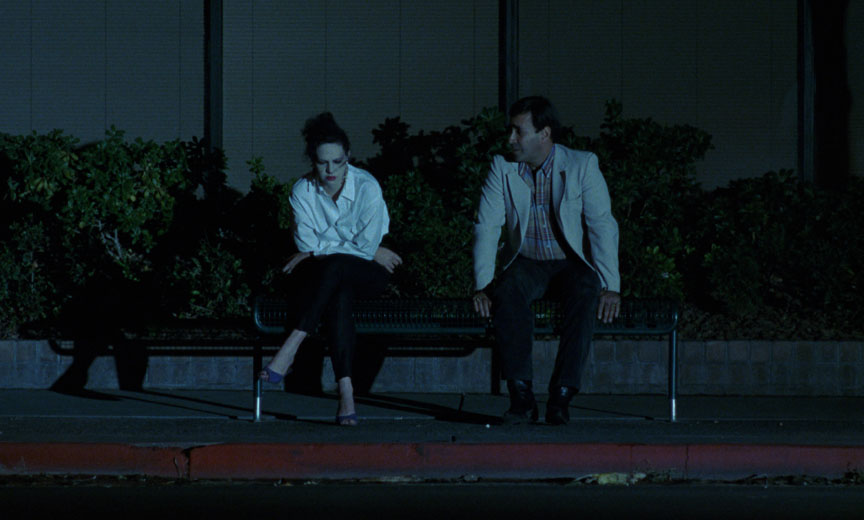
Menkes’ debut feature is one of the most clever critiques of capitalism ever put on film. She made the film on a minimal budget and shot on location in Las Vegas. What better place to personify the soullessness of capitalism? Writer Christopher Moore describes Sin City as a place “where you go if you want to f*ck up your life and you don’t have a lot of time to do it in”, (Moore, Coyote Blue). Menkes seems to agree with that statement.
Queen of Diamonds follows Fridaus played by Tinka Menkes, the director’s sister, a blackjack dealer being suffocated by the world around her. Throughout the series of long takes that make up the film, Menkes displays full control of screen language and filmmaking techniques. Her film unravels through repetition, by this she manages to perfectly characterize the tedium Fridaus feels towards her condition. However, Menkes never makes direct judgments, she instead presents us with the facts and leaves us to figure out what it all means.
This is partly why the film succeeds, it’s so subtle yet so effective at developing its ideas. As well-made as it is, it’s not surprising that the film has never seen notoriety. It’s a very challenging film that demands the viewer’s patience. But that patience is definitely rewarded by the creativity and power the film abounds with. Queen of Diamonds currently has a mere 243 ratings on IMDb, and an overall rating of 6.3/10. This probably makes it the least well-rated film on this list, and many will agree that it deserves much more attention.
5. The Indian Runner (1991, Sean Penn)
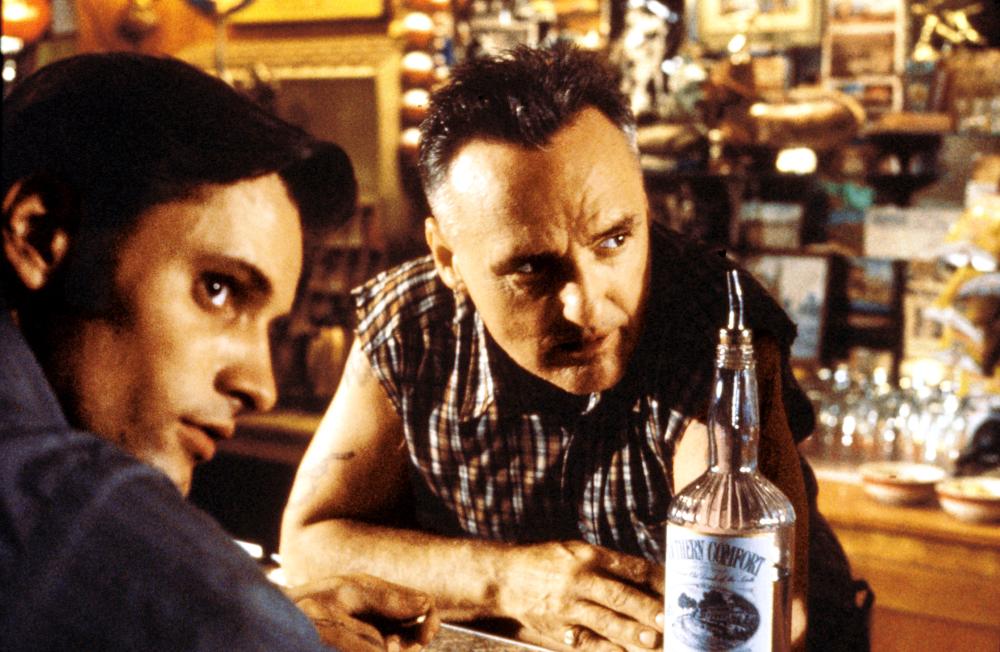
Sean Penn is one of the most famous American actors of the last 40 years. But many people don’t know that he’s also had a successful career as a director. Considering how strong his debut, The Indian Runner, is, this comes as no surprise. Penn’s film is one of the films on this list with the highest budget, at around 7 million dollars. That it only made 200,000 at the box office is just the beginning of this film’s disappointing legacy. Penn wrote the screenplay and managed to get it picked up by producer Thom Mount.
The film was never going to be a box-office hit, it was initially rejected by producers because the story was not “satisfying” in a Hollywood way. The Indian Runner is set in 1960s Nebraska and stars Viggo Mortensen and David Morse as two brothers on the opposite side of the law. Morse’s Joe is a deputy sheriff in a small town, and his brother Frank (Mortensen) is an ex-con and criminal. Mortensen’s character is also a Vietnam veteran, and part of the film’s critique is directed toward American society’s inability to socially reincorporate veterans.
The film is an interesting portrait of masculinity and midwestern American values, and it does a great job portraying 60s Nebraska. Morse and Mortensen give great performances, and the supporting cast led by Patricia Arquette and Hollywood legends Charles Bronson, Dennis Hopper, and Sandy Dennis shines as well. It’s an intense character study that was generally well-received but has since faded into the past. The film has a 6.9/10 rating on IMDb, and 3.4/5 on Letterboxd. While these aren’t technically bad reviews, it’s definitely a bit low for what the film manages to achieve. Some of the filmmaking techniques might be a little dated, but Mortensen, Morse, the supporting cast, and the excellent pacing make this one another surprisingly good 90s indie flick.